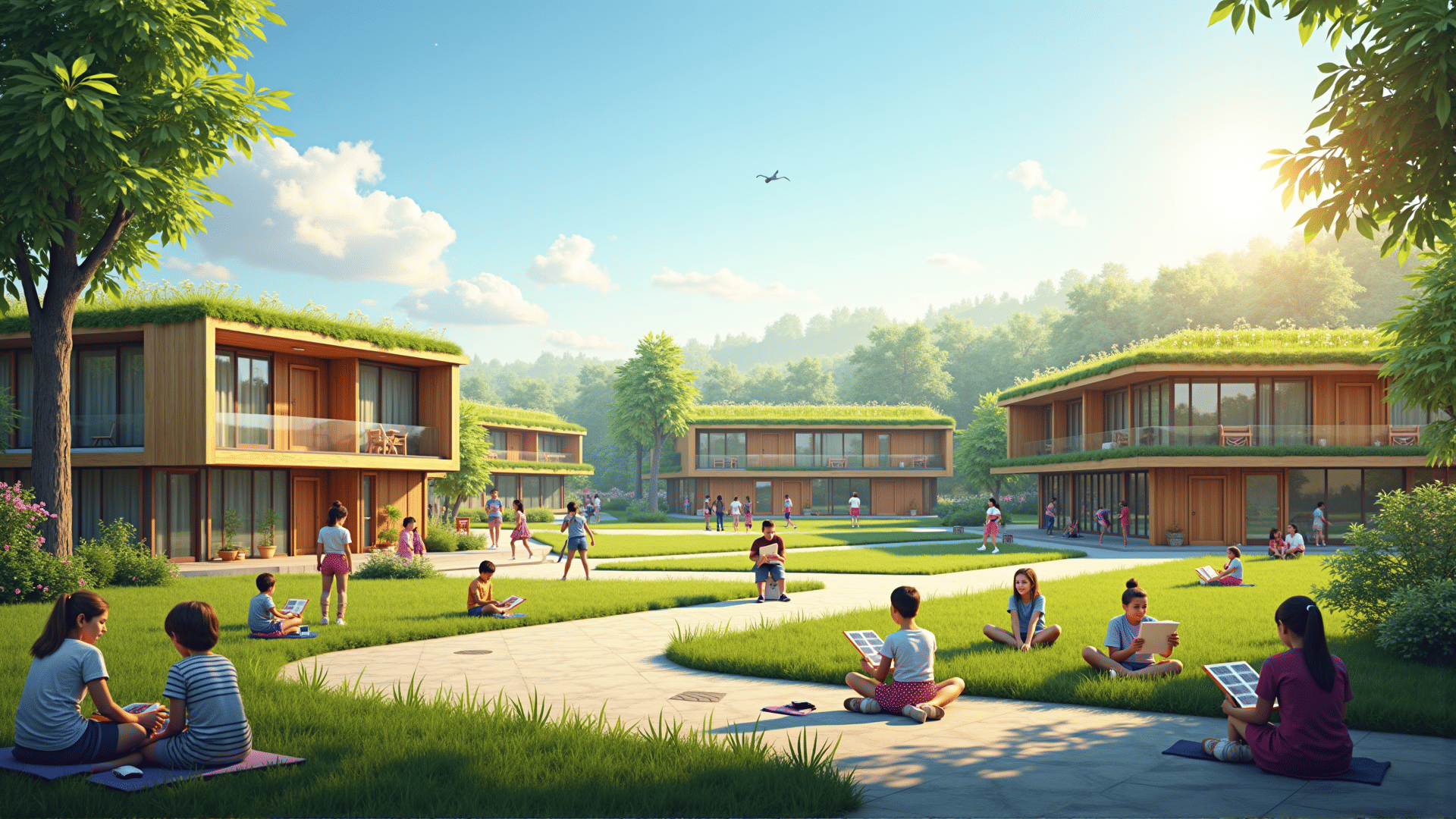In recent years, the concept of sustainable planning has gained significant traction in various sectors, including education. The process focuses on fostering practices that not only address immediate needs but also ensure longevity and resilience for both educational institutions and learners. By delving into fundamental areas such as resource management, infrastructure, curriculum design, and community engagement, sustainable planning stands to revolutionize how education adapts and thrives in a dynamically changing world.
One central facet of sustainable planning in education is the efficient use of resources. Maximizing the use of materials, energy, and time can enhance educational outcomes while minimizing waste. For example, schools can adopt eco-friendly materials in their infrastructure projects, reduce energy consumption by employing renewable sources, and optimize space utilization. Implementing such measures can help create a learning environment that is not only adaptive but also minimizes its ecological footprint, setting a powerful example for students.
Beyond the physical confines of educational institutions, curriculum design plays a pivotal role in sustainable planning. By embedding sustainability concepts directly into the curriculum, educators can foster an awareness and understanding of sustainable practices among students from an early age. Courses in environmental science, social responsibility, and ethics can fortify students' capacity to think critically about global challenges and develop innovative solutions. Moreover, experiential learning opportunities, such as community service projects and partnerships with sustainable businesses, allow students to apply their knowledge in real-world contexts, bridging the gap between theory and practice.
Community engagement is another cornerstone of sustainable planning in education. Schools serve as community hubs, and fostering strong connections with local communities can amplify their impact. Participatory planning processes that involve educators, students, parents, and local leaders in decision-making can foster a sense of ownership and investment in educational initiatives. Such collaboration can lead to the development of programs and strategies that are tailored to the unique needs and strengths of each community, thereby enhancing educational access and equity.
Furthermore, sustainable planning encourages schools to be responsive to technological advancements. The integration of digital tools and platforms can facilitate more personalized and flexible learning experiences. By leveraging technology to support both in-person and remote learning, educational institutions can expand access to quality education for learners irrespective of geographic barriers, and better prepare students for the demands of a rapidly evolving technological landscape.
In conclusion, sustainable planning in education goes beyond traditional notions of efficiency and conservation. It is a holistic approach that seeks to create resilient educational ecosystems where institutions and learners can flourish in tandem. By emphasizing sustainable resource management, innovative curriculum design, community collaboration, and adaptive technologies, educational planning can contribute to a more equitable and prosperous future for all. Through these efforts, education can truly become a catalyst for sustainable development worldwide, nurturing generations that are equipped and motivated to address the challenges of tomorrow.
